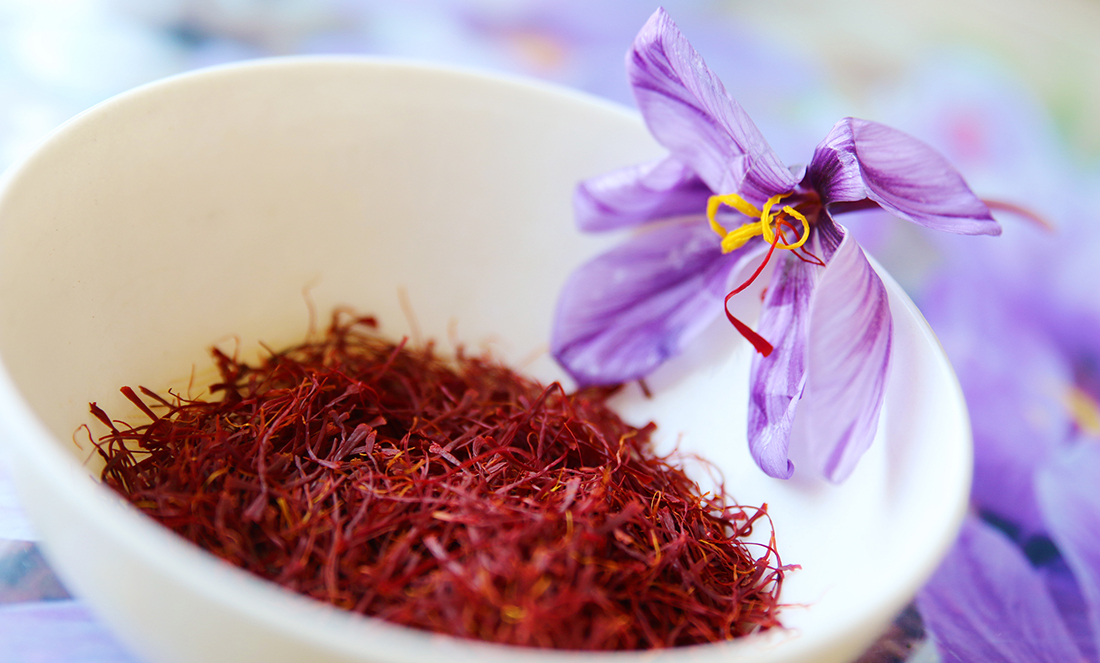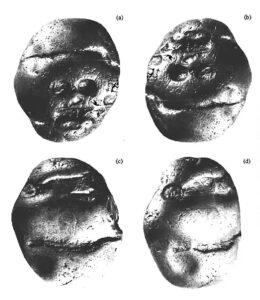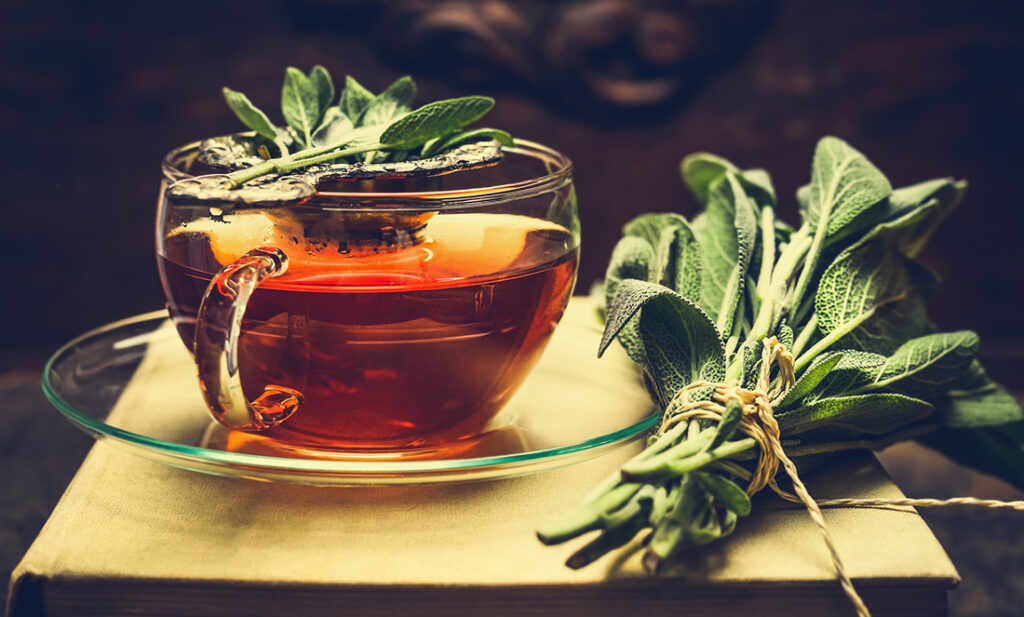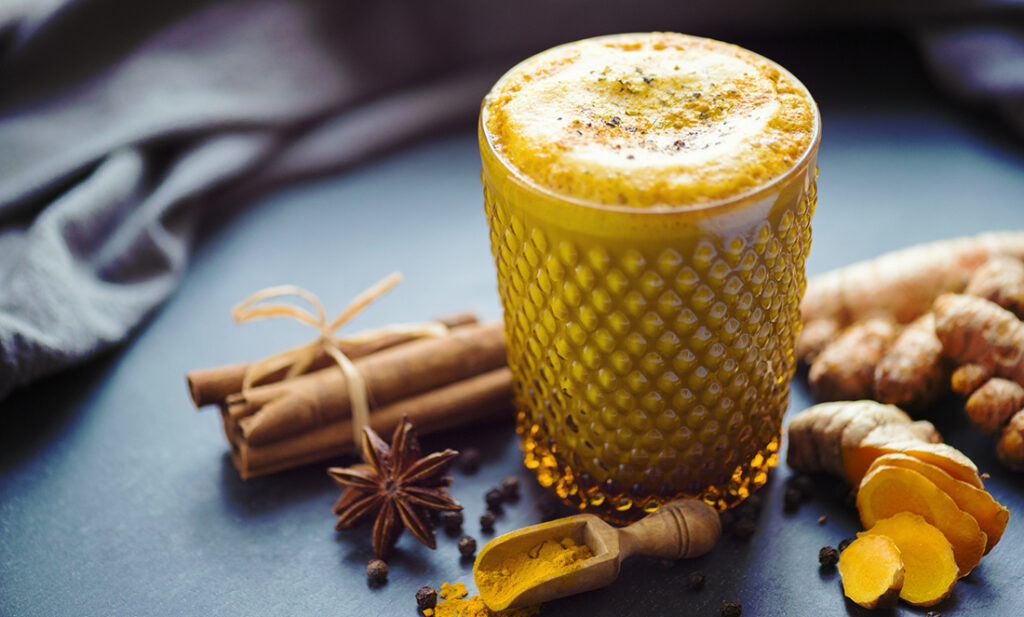Like many people out there, I’ve taken antidepressants before.
For me, it wasn’t a good solution. I put on weight, felt sick a lot and they didn’t really make me feel better about the things I was taking them for.
Antidepressants certainly work for some people, but others, like me, may experience side effects. Sadly, it’s the fear of those side effects that can sway people away from seeking treatment.
One of the most vulnerable groups who may be deterred are young people.
That’s why clinical psychologist Dr Adrian Lopresti decided to look at an alternative treatment for depression in adolescents—spice.
Spicing up psychology
In Adrian’s work, he’s been interested in a holistic approach to treating mental health problems.
To do this, he considers lifestyle factors, such as physical health and diet, in addition to psychological health.
This is how he came to explore the effects of different herbs and spices on mental health issues.
He’s looked into sage for boosting cognitive activity and curcumin for treating depression. Most recently, though, is his work with saffron.
“We’ve seen in previous studies that saffron can reduce depressive and anxiety symptoms in adults,” says Adrian.
“So we wanted to see if it would have the same effect in adolescents.”
“Also, you need to take into account the different environmental factors for adults and adolescents.”
Did it work?
In Adrian’s 8-week study, he had one group of young people taking the saffron treatment and a control group taking a placebo. The experiment was double-blind, meaning neither Adrian nor the young people knew which pill each young person was taking.
In the saffron treatment group, the young people took tablets twice daily that contained the patented saffron extract affron.
At the end of the 8 weeks, Adrian was pleased to find that the saffron group were reporting lower depressive and anxiety symptoms.
“What we found over the 8 weeks was that general mood improved and anxiety symptoms and depressive symptoms reduced,” he says.
“We also found that social anxiety improved.”
No need to hurry to a curry
I asked Adrian if the results for social anxiety meant I should order Indian takeaway before my next networking event (a bullet I’m more than willing to bite).
“Well, there could be benefits from including these spices in your diet,” he chuckled.
“But the tablets ensure you’re getting the best pharmaceutical grade product, and you can control the dosage.”
He tells me that, since saffron is such a pricey spice, some people engage in “dubious practices” to get it to market.
So you can never really know the quality of saffron spice you buy in the supermarket.
The tablets, which can be found in health food stores, are the best way of reaping mental health benefits.
But how does saffron improve depression and anxiety?
An inflammation observation
When you think about the causes of depression and anxiety, your first thoughts are probably something about chemicals in the brain.
The popular theory is that depression is a result of a serotonin deficiency. If your brain isn’t producing enough of this ‘happy chemical’, the result is you can become depressed.
But Adrian tells me there’s more at play.
“For years, depression was thought to be a result of low levels of neurotransmitters like serotonin, but more recent research shows a link between depression and inflammation.”
If you’re like me, you might be wondering how depression could be caused by inflammation when there is no physical pain present.
“Inflammation can cause pain, but what we’ve seen is that it’s actually this low-grade inflammation that’s not necessarily high enough for you to experience pain that’s linked to depression.”
“Saffron is a natural anti-inflammatory, but it also has antioxidant properties that remove free radicals from the body.”
“Both effects can enhance the production of neurotransmitters, like serotonin.”
Variety is the spice of life
The great thing about a natural treatment like saffron for depression is the lack of side effects.
But while you might see some benefits from taking supplements, Adrian stresses that his approach to mental health treatment is more integrated.
“Mental health is not about one single treatment. It’s looking at sleep, environmental and lifestyle factors, diet, physical activity,” he says.
“What we’re looking at next is whether a combination of the supplements and antidepressants has a greater effect on treating depression and anxiety.”
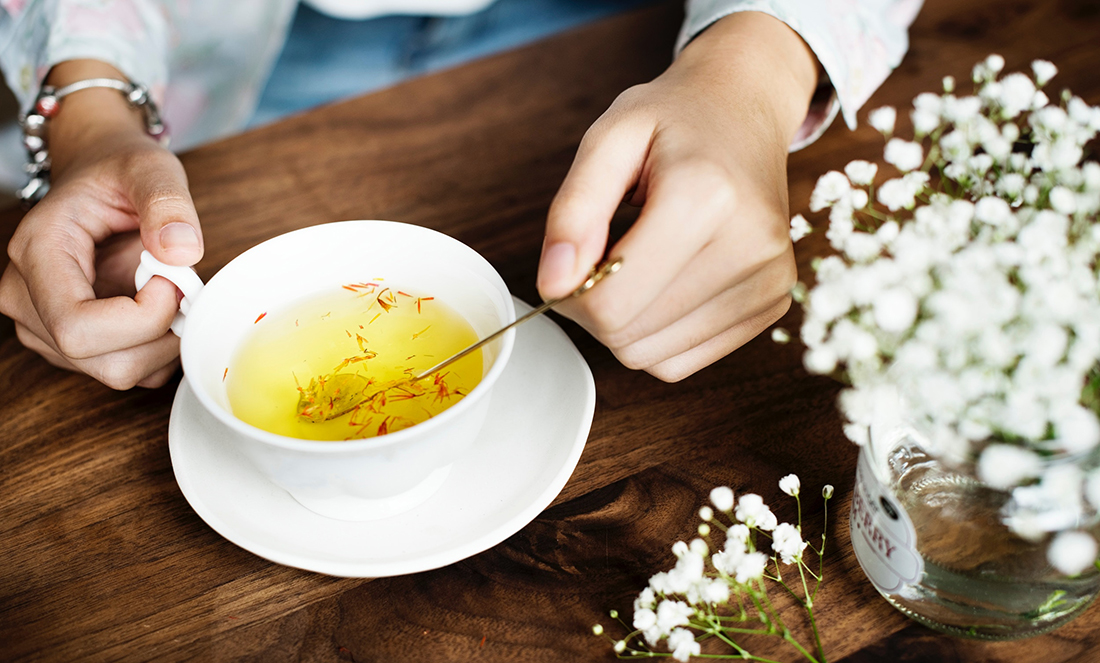
While the general pace of life means I’m not likely to substitute caffeine for a regular sleep pattern any time soon, I am excited about the prospect of supplement treatments—especially when Adrian tells me cocoa is gaining interest in the psychology world (great news, since I’ve been self-medicating with chocolate for years!).
But all jokes aside, this type of research could be a game-changer in the treatment of anxiety and depression, especially for people who haven’t responded well to antidepressants.
And we could all stand to feel a little less guilty about a takeaway curry now and then.


